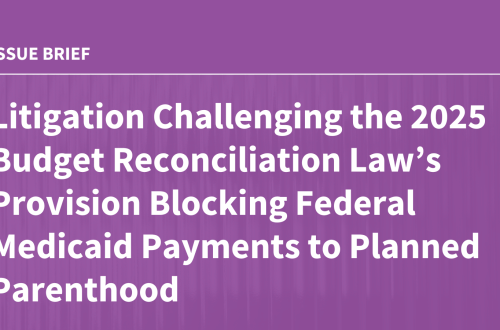Article Summary
Sedentary behavior for more than 14 hours a day may increase the risk of cardiovascular events or death in the year following hospital treatment for heart attack symptoms. Replacing sedentary time with moderate to vigorous physical activity, light-intensity physical activity, or even sleep can reduce this risk in people who have experienced a heart attack or chest pain.
What This Means for You
- After a heart attack, it’s important to reduce sedentary time and engage in more physical activity, regardless of intensity, to lower the risk of future cardiovascular events or death.
- Replace 30 minutes of sedentary time daily with moderate to vigorous physical activity to reduce the risk by 61%, with light-intensity physical activity to lower risk by 50%, or with sleep to decrease risk by 14%.
- Focus on a holistic approach to physical activity, considering individual needs, preferences, and circumstances to promote a more active lifestyle after a cardiac event.
- Prioritize sleep duration and sleep quality as key components of cardiovascular health, along with regular physical activity.
Original Post
People who sit or remain sedentary for more than 14 hours a day, on average, may have a higher risk of a cardiovascular event or death in the year after treatment at a hospital for symptoms of a heart attack such as chest pain. This finding, published in Circulation: Cardiovascular Quality and Outcomes, encourages health professionals to consider a more holistic and flexible approach to physical activity for heart attack patients.
Previous research by the study authors found that people who had experienced a heart attack were spending up to 12 to 13 hours each day being sedentary. In this study, researchers used a wrist accelerometer to track the amount of time each participant spent moving or being sedentary for a median of 30 days after discharge from a hospital’s emergency department.
Accelerometer data revealed that participants in the most physically active group had average daily physical activity measures of 143.8 minutes of light physical activity; 25 minutes of moderate-to-vigorous physical activity; 11.7 hours spent sedentary; and 8.4 hours of sleep. Participants in the least physically active group had daily averages of 82.2 minutes each day of light physical activity; 2.7 minutes of moderate-to-vigorous physical activity; 15.6 hours spent sedentary; and 6.6 hours of sleep.
“Our study indicates that one doesn’t have to start running marathons after a cardiovascular event to see benefits. Sitting less and moving or sleeping a little more can make a real difference,” said Keith Diaz, Ph.D., the Florence Irving Associate Professor of Behavioral Medicine at Columbia University Medical Center in New York City.
Physical activity and sleep are both key components of the American Heart Association’s Life’s Essential 8, a list of health behaviors and factors that support optimal cardiovascular health.
Study Details and Design
- The study followed 609 adults treated in the hospital emergency department for symptoms of chest pain and heart attack between September 2016 and March 2020.
- Participants wore accelerometers on their wrists for 30 consecutive days after hospital discharge, and most did so for the full 30 days.
- Participants were asked to replace 30 minutes of sedentary time daily with light-intensity activities.
- Within one year of hospital discharge, 8.2% of patients (n=50) experienced a cardiac event or died.
- The study was supported by grants from the National Institutes of Health and the National Heart, Lung, and Blood Institute.
Key Terms
- Sedentary behavior
- Cardiovascular health
- Physical activity
- Heart attack
- Cardiovascular event
ORIGINAL SOURCE:
Source link





